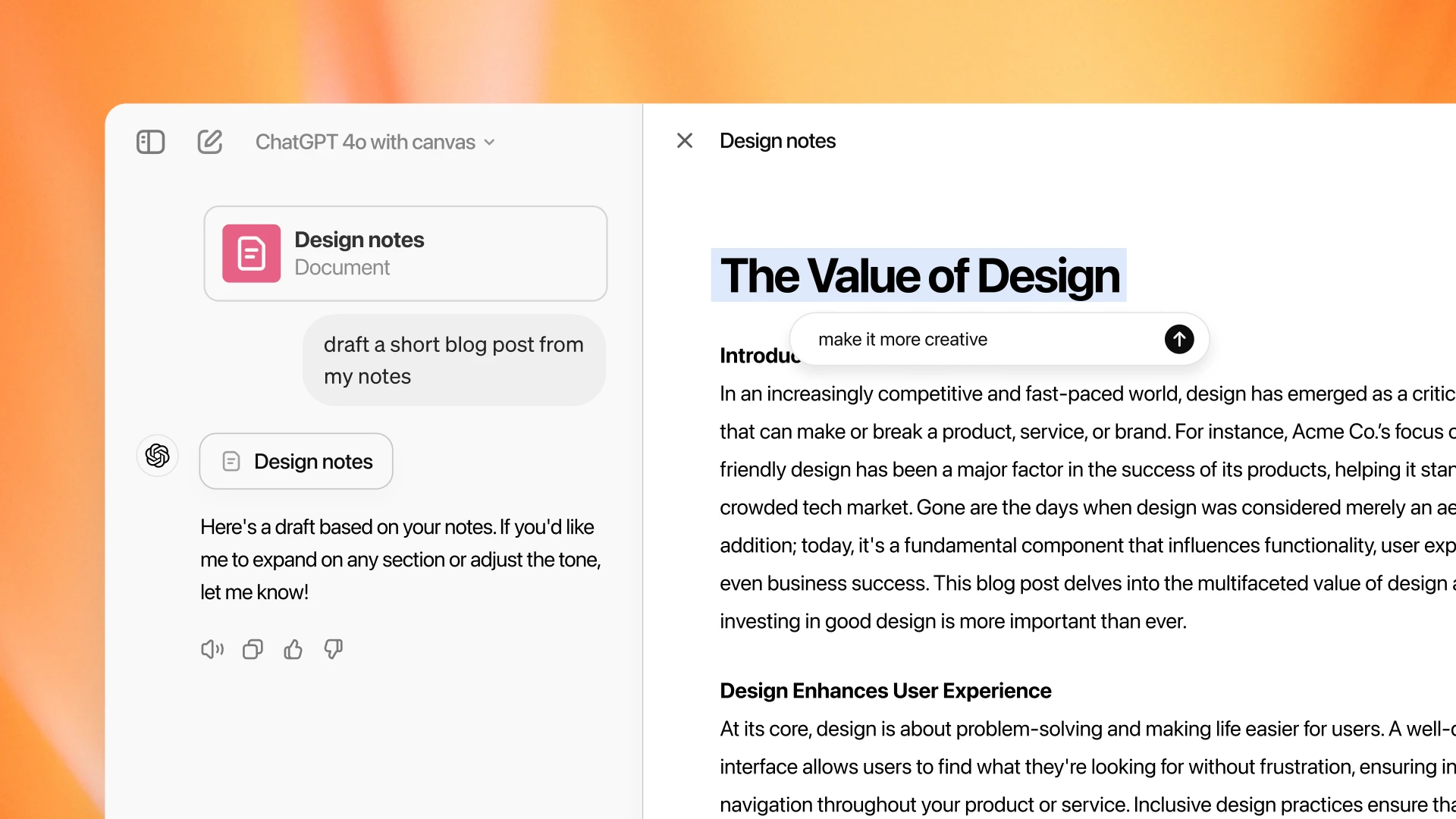Hey there, curious minds! Have you ever wondered what the buzz around blockchain technology is all about? Well, you’re about to find out. Blockchain is like a digital ledger that’s duplicated and distributed across a network of computers. Imagine a book that many people can write in simultaneously, but once the words are written, they can’t be erased—pretty nifty, right?
Core Features of Blockchain:
- Security: Each transaction is encrypted and linked to the previous one.
- Transparency: All participants can see the transactions, making everything as clear as a bell.
- Immutability: Once data is added, it’s like carving into stone—it cannot be altered or deleted.
In today’s digital age, blockchain technology has emerged as a game-changer with its promise of security, transparency, and immutability.
What is Blockchain Technology?
Imagine a digital record book, constantly being updated and accessible to everyone involved. That’s essentially what a blockchain is. Unlike traditional ledgers controlled by a single entity, a blockchain is a distributed ledger technology (DLT). This means copies of the ledger are spread across a network of computers, making it highly secure and transparent.
Think of it like a Google Doc for important information. Everyone with access can see the latest updates, and it’s nearly impossible to tamper with the record. This transparency and security are what make blockchain so powerful.
Understanding the Building Blocks of Blockchain
A blockchain is essentially a chain of blocks, and each block contains information about transactions. These transactions could be anything from financial transfers (like buying cryptocurrency) to tracking the movement of goods in a supply chain.
So, how does a transaction get added to a block? Here’s where things get interesting. Blockchain relies on a process called cryptography to secure the data. Imagine a unique fingerprint for each transaction. This fingerprint, called a hash, is mathematically linked to the previous block’s hash, creating a chain that’s incredibly difficult to alter.
Distributed Ledger Technology (DLT)
A distributed ledger is like a shared database where everyone has a copy. This means data tampering is tough because you’d have to change every single copy simultaneously. It’s like trying to cheat in an exam where the entire class is watching you—good luck with that! And just to clear things up, all blockchains are DLTs, but not all DLTs are blockchains.
Blocks and Transactions
Each block in a blockchain is like a page in our digital ledger, filled with a list of transactions. These transactions are secured with something called ‘hashing’, transforming data into a unique code. It’s the digital equivalent of sealing a letter with wax—once sealed, you’ll know if it’s been tampered with.
Consensus Mechanisms to keep the Network Secure
Proof of Work (PoW)
PoW is a consensus mechanism where computers compete to solve complex mathematical puzzles to earn the right to add the next block. While secure, PoW can be energy-intensive.
Proof of Stake (PoS)
In contrast, PoS is where users with a greater stake (ownership) in the network have a higher chance of validating transactions. This is generally considered more energy-efficient.
Note: There’s also Proof of Authority and Delegated Proof of Stake, among others, each with its unique flair.
Types of Blockchains: Permissioned vs. Permissionless
Permissionless Blockchain (Public Blockchain)
Public blockchains, such as Bitcoin and Ethereum, allow anyone to participate in the network without requiring permission. They’re like an open club where everyone’s welcome.
Permissioned Blockchain (Private Blockchain)
Private blockchains restrict access to authorized participants, offering increased privacy and control over the network. Permissioned blockchains are like exclusive parties—you need an invite to join.
Where is Blockchain Technology Used?
So, what are some real-world applications of this exciting technology?
- Cryptocurrency and Decentralized Finance (DeFi): Blockchain is the backbone of cryptocurrencies like Bitcoin. It allows for secure and transparent peer-to-peer transactions without the need for a central bank. DeFi takes this a step further, enabling things like lending and borrowing without traditional financial institutions.
- Supply Chain Management: Imagine tracking the journey of your favorite pair of shoes from manufacturing to your doorstep. Blockchain can ensure transparency and efficiency in supply chains, allowing everyone involved to see exactly where a product is and who has handled it.
- Beyond the Basics: Blockchain has the potential to revolutionize various sectors. It can be used for secure voting systems, identity management, and even protecting intellectual property rights.
Benefits and Challenges of Blockchain
Like any new technology, blockchain comes with its own set of advantages and drawbacks.
Benefits
- Enhanced Security and Transparency: The distributed nature of blockchain makes it highly resistant to fraud and tampering. Everyone on the network can see the history of transactions, creating trust and accountability.
- Improved Efficiency and Automation: By automating processes and eliminating the need for intermediaries, blockchain can streamline transactions and reduce costs.
- Trustless System and Decentralization: No single entity controls a blockchain network. This removes the need for a central authority and fosters trust between participants.
- Reduced Costs and Increased Accessibility: Blockchain can eliminate the need for third-party verification, potentially lowering transaction fees and making financial services more accessible to everyone.
Challenges
- Scalability Issues: Current blockchain technology can struggle to handle a massive volume of transactions. Developers are working on solutions to increase scalability.
- Regulatory Uncertainty: As a relatively new technology, the regulatory landscape surrounding blockchain is still evolving. This can create uncertainty for businesses looking to adopt it.
- Security Risks: While blockchain itself is secure, there can be vulnerabilities in specific applications or exchanges built on top of it.
- Energy Consumption: Proof of Work
FAQs
What is the difference between blockchain and cryptocurrency?
While blockchain is the underlying technology that powers cryptocurrencies, they serve different purposes. Blockchain is a decentralized ledger system, whereas cryptocurrencies are digital assets that utilize blockchain technology for secure transactions.
Is blockchain technology secure?
Yes, blockchain technology is inherently secure due to its decentralized and cryptographic nature, making it extremely difficult for malicious actors to tamper with the data.
How can I get involved in blockchain technology?
You can get involved in blockchain technology by learning about its fundamentals, exploring various blockchain platforms and projects, and joining communities and forums dedicated to blockchain development and innovation.
Real-world examples of blockchain use cases
Some real-world examples of blockchain use cases include cryptocurrency transactions, supply chain management, digital identity verification, and decentralized finance (DeFi) platforms.
Environmental concerns surrounding blockchain
While blockchain technology offers numerous benefits, such as enhanced security and transparency, it also consumes a significant amount of energy, especially in the case of PoW consensus mechanisms. However, efforts are underway to develop more energy-efficient consensus mechanisms and reduce the environmental impact of blockchain technology.
blockchain technology holds immense promise for revolutionizing various industries and transforming the way we transact, communicate, and interact in the digital world. As we continue to unlock its full potential, it’s essential to address the challenges and embrace the opportunities that blockchain presents for a more secure, transparent, and decentralized future.






